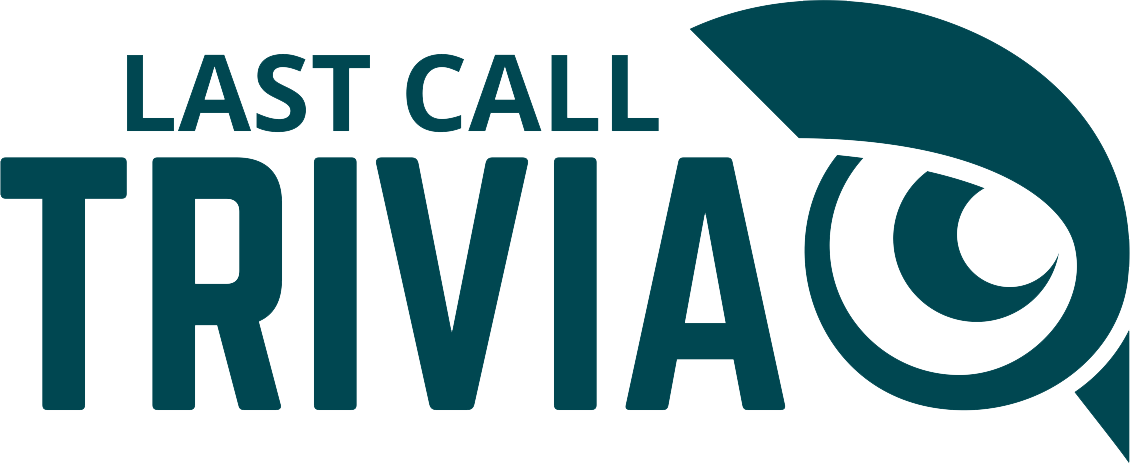
A rough start
In September 1620, the Mayflower set sail from Plymouth, England carrying 102 passengers. After a treacherous journey, they dropped anchor near the tip of Cape Cod two months later. A brutal winter followed, and half of the original passengers succumbed to exposure, scurvy, and outbreaks of disease before spring finally arrived.
In March of 1621, the remaining colonists met a member of the Pawtuxet Native American tribe named Squanto. Squanto had previously been kidnapped by an English sea captain so he spoke English and was able to communicate with the Pilgrims. And they were extremely fortunate to have met him.

The first Thanksgiving
Squanto taught the Pilgrims how to cultivate corn, extract sap from trees, and identify poisonous plants. He also helped them forge an alliance with the local Wampanoag tribe, which endured for more than 50 years and sadly remains one of the few examples of harmony between European colonists and Native Americans.
After their corn harvest proved successful in November 1621, Governor William Bradford organized a celebratory feast and invited a group of their Native American allies. Now known as the first Thanksgiving, the celebrations lasted for three days. While the Thanksgiving tradition did continue in many areas, it would take over 200 years for it to become “official.”

A national holiday
In 1827, author Sarah Josepha Hale – whose work includes the well-known nursery rhyme “Mary Had a Little Lamb” – launched a campaign to establish Thanksgiving as a national holiday. For 36 years, she published editorials and sent letters to politicians, earning her the nickname the “Mother of Thanksgiving.”
She finally got her wish in 1863, when Abraham Lincoln declared Thanksgiving a national holiday observed on the final Thursday in November. It was celebrated on that day until 1939, when Franklin D. Roosevelt moved it up a week in an attempt to spur retail sales during the Great Depression.
The decision to move the date was unpopular, and it was derisively called “Franksgiving.” Roosevelt eventually conceded and in 1941, he signed a bill making Thanksgiving the fourth Thursday in November.

